Have a look at some key figures and highlights from the first year of the research centre Include.
Funding

Participants in Include
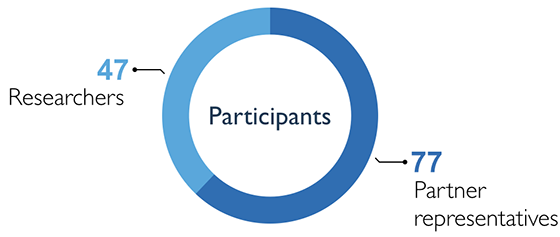
Initiated projects

Academic publications
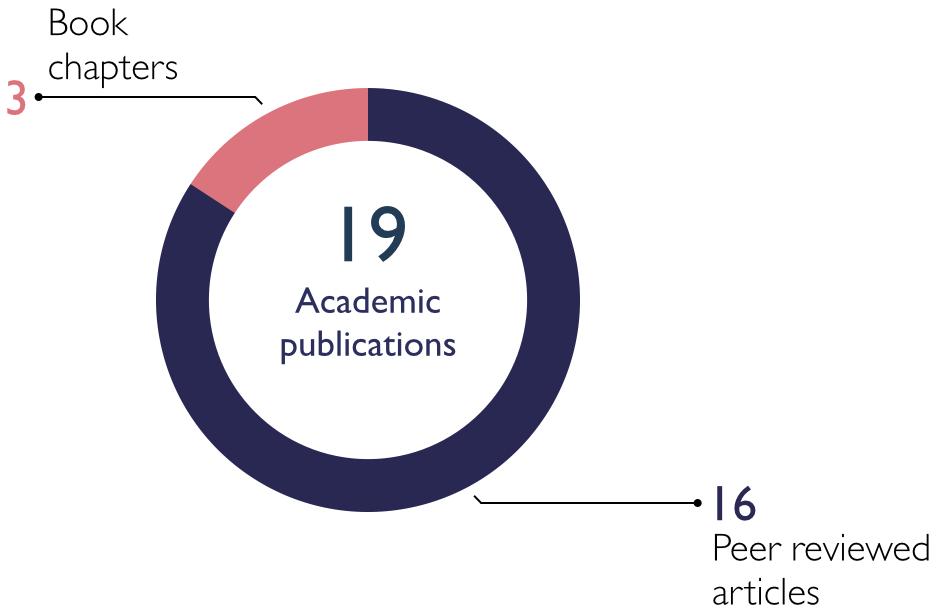
Events

Media

Presentations given by participants in Include
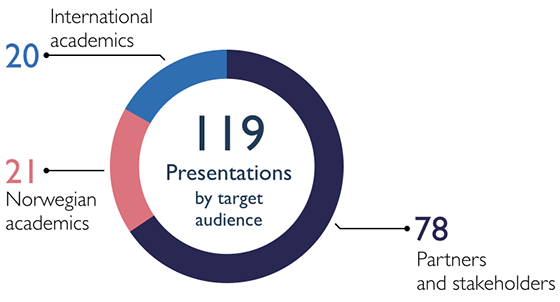
Education

Some highlights from 2020
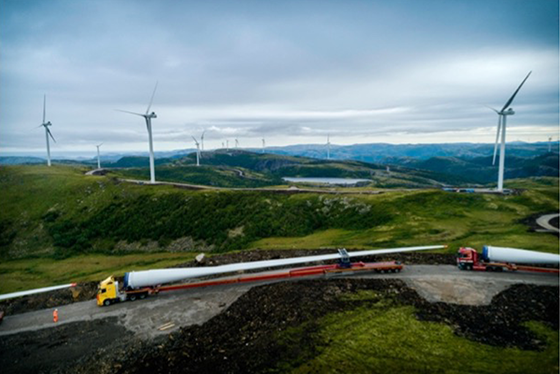
Contributing to regulations for future wind power development in Norway
Research at FNI has laid the foundation for new applications for concessions for wind power development in Norway that will be processed according to the Planning and Building Act. Lars H. Gulbrandsen (FNI) shared these results in the TV programme The Debate (Debatten) on NRK. Compared with the current situation, where decisions on wind power development are made by national authorities, the government’s proposal appears to give more autonomy to local governments in questions of constructing these facilities.
Image: Roan Wind Farm, Fosen, Norway; photo by Statkraft
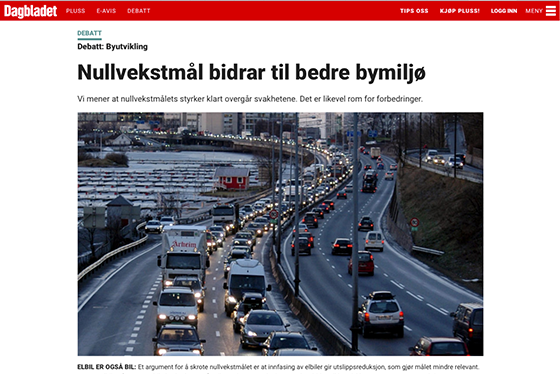
Revision of the zero-growth goal (ZGG) in accordance with Include researchers’ recommendations
With the toll-road agreement that was established before the municipal and county election in 2019, it was decided that the zero-growth goal (ZGG) would be revised; this development can have several social and emissions-related consequences. During work on the revisions of the ZGG (fall 2019–spring 2020), Anders Tønnesen (CICERO) actively contributed to sharing research related to this process. With Aud Tennøy (TØI), he wrote an opinion piece (Dagbladet) and gave presentations in several different arenas, including the National Transport Plan (NTP) conference in December 2019. We note that the changes to the ZGG were made in accordance with the recommendations given by Include’s researchers.
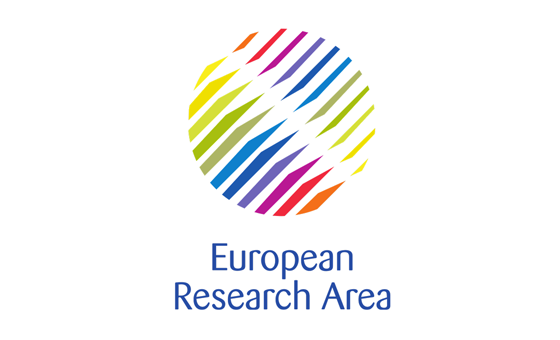
Contribution to further developing the European Research Area (ERA)
In the spring of 2020, Include researchers were invited by the Ministry of Education and Research to contribute inputs to Norway’s response to the EU Commission’s work on the new vision for the European Research Area (ERA). In the Ministry’s response to the EU, several of Include’s inputs were put forward; these are as follows: the need to pay attention to the distribution of burdens in the transition to low-emission society; the need for perspectives from the social sciences to be given sufficient attention; and the need for user involvement. The RCN has expressed that these inputs will be important in relation to goals and prioritisation in the upcoming RCN portfolio on energy, transport and low emissions.

A new master’s course in Include
During spring 2020, 13 Include researchers contributed to our new master’s course, ‘SUM4502 INCLUDE – Socially inclusive energy transition’ (UiO). 27 students participated and their course evaluations were overwhelmingly positive. The course will be held again in 2021. It is open to both current students and others who are interested in participating.